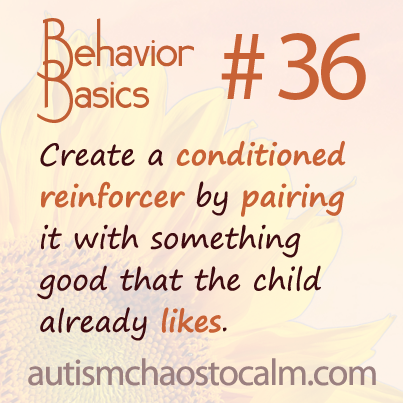Part 2: Precise timing and planning versus sloppy timing and planning
Part 1 of this series described the benefits of using One Sound for One Movement to teach a skill to a child with autism, versus a babble of sounds for many movements. Part 2 will focus on the all-important issues of timing and planning, and how they relate to teaching Safe Walking. See the table below for reference. 
Why is timing important?
While many people know that a positive consequence following a behavior will result in that behavior occurring more often, fewer people appreciate the importance of timing. A precisely timed reinforcer that is presented exactly at the actual moment the child is doing the desired movement, or immediately after the desired movement, will result in the child learning the behavior much faster. Why? Because the experience of success and reinforcement is so closely tied to the desired behavior. It’s easy for the child to figure out, “Hey, that thing I just did is really great, because I keep experiencing nice rewards.”
Kids with autism live in real time, the “now”
Our kids with autism live in the moment, not the past and not the future. To work effectively with our kids, we have to live in the moment, be in the moment with them and observe them closely. The split second the child does the desired action, press the tagger and hand over a treat. Also, our kids with autism often move very fast. My son can easily do several movements in the course of a second or two. I have to be quick and precise to mark exactly which movement that I would like to see him do more often.
 Next Steps In Teaching Safe Walking
Next Steps In Teaching Safe Walking
Precise Timing is Superior to Slow, Sloppy Timing
For my son, this was incredibly precise information, and he learned quickly to take Two Steps/Same Direction. You cannot “mark” a specific behavior so quickly and precisely with any other method. Try it and see for yourself. Compare the tagger with using words or directly handing over a treat when your child has done something nice.
Recently I tried to use words to praise my son for something he had done. It took me four seconds to get over to him, praise him for what he had done and hand him a treat: four long, late seconds. In those four seconds, he performed at least five or six subsequent physical movements. How could he possibly know which of those many movements was the right one? Words are slow and sloppy. For this kind of teaching, a click is definitely worth more than a thousand words.
 Precise Planning and Precise Timing go Hand In Hand
Precise Planning and Precise Timing go Hand In Hand
As you can see from the description above, I had a precise plan of action in mind to teach Safe Walking. The first goal was to teach my son to take Two Steps/Same Direction. Once he achieved that, we moved on to Three Steps/Same Direction. To tag and treat this behavior, once again, I watched his feet. Now I looked for what happened at the time of the third step. His movements were: Right Foot, Left Foot, Right Foot, Left Foot, Right Foot (in same direction as previous two steps?). If yes, I tagged and treated, if not, I watched and waited.
He achieved the goal of taking Three Steps/Same Direction fairly quickly, and we moved on to Four Steps/Same Direction, Five Steps/Same Direction, and so forth until we got to Ten Steps/Same Direction. At this point he was walking nicely in the same direction, so I changed my reinforcement plan: I intermittently tagged and treated for Three Steps/Same Direction, Five Steps/Same Direction and so forth.
Each Step – Part of a Behavior Chain
In other words, I had a specific behavior plan all laid out. My next steps, which are laid out in great detail in the book Chaos to Calm, were to teach Walk Beside Me, Feet on Ground, and Wait. The goal was that my son would walk beside me, stop at corners, wait for the WALK signal, and cross streets safely. Each of these actions was a precise physical movement that I could tag and treat, and eventually build into a behavior chain.
In five months, my son changed from being a chaotic bolter to going with me, safely and pleasantly, on five mile hikes in the woods. He also was able to go on family shopping trips and walk nicely with us through the stores and wait in the check-out line with no agitation. He achieved this, literally and figuratively, one step at a time. Randomly taking my son out for walks and urging him to stay with me or be quiet and calm in the store would not have achieved this goal.
Because TAGteach allows us to be so precise and to break tasks down into such small steps, it is easy to understand what comes next and how to break that next step down into achievable increments. The click, or “tag”, requires us to think about what our child needs to learn, to break those goals down into very small steps, and to reinforce those tiny little movements that will lead to the big outcome.The click is worth more than a thousand words. The precise timing and planning which you can do with TAGteach becomes self-evident to parents after a few tries.
Next Post
The next post on this Topic, Part 3, will address how the precise reinforcement offered to the child via TAGteach, and the powerful experience of success this provides, helps the child learn new skills readily and joyfully.
TAGteach
TAGteach stands for Teaching with Acoustical Guidance. TAGteach is a teaching and communication method based on the scientific principles of Applied Behavior Analysis (ABA).
TAGteach enables extremely precise positive reinforcement of behavior by using an acoustical signal to “mark” the behavior – at the precise moment the child performs the behavior! The acoustical signal is a short, sharp sound made by a handheld device (the “tagger”). When the child performs the correct action, the parent/instructor immediately presses the button on the tagger and hands over a treat (candy, treat, token, praise, social recognition, or money) as a reinforcer.
With TAGteach, it is easy to reinforce behaviors precisely and quickly. The immediate, accurate feedback and positive reinforcement result in the child performing the correct action more often, and for longer periods of time. With immediate feedback and learning tasks broken down into small steps, children can learn many new skills with TAGteach — at their own pace.
 Check out the TAGteach International website
Check out the TAGteach International website
Join the free TAGteach listserve.
TAGteach taggers are available here.
See Martha’s book about TAGteach for Autism or ask a question
(with no obligation).
Sign up for my mailing list to receive updates, new articles and free tips right in your inbox!
If you liked this post, please share it on social media via the vertical gray menu on the far right. Thank you!
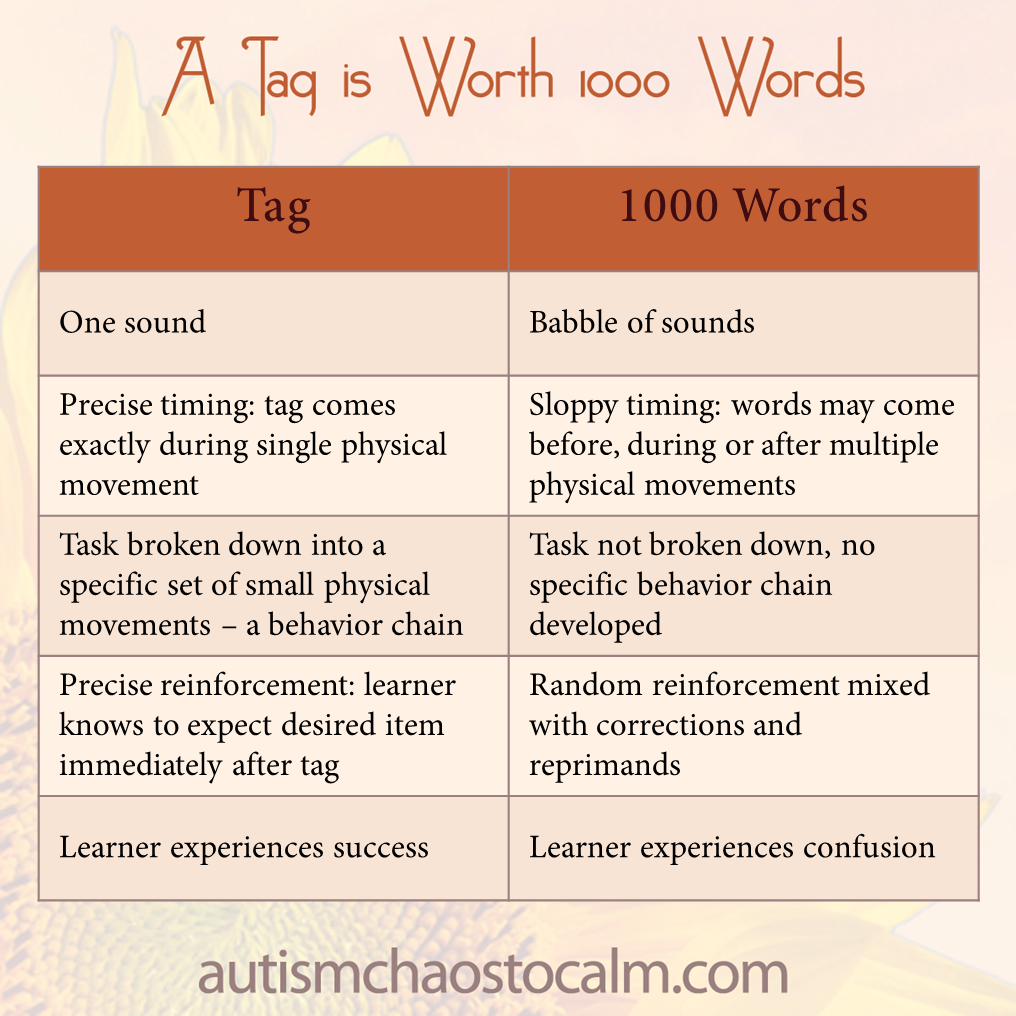

 Check out the TAGteach International
Check out the TAGteach International 


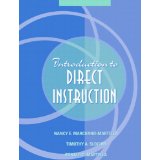
 Check out the TAGteach International
Check out the TAGteach International 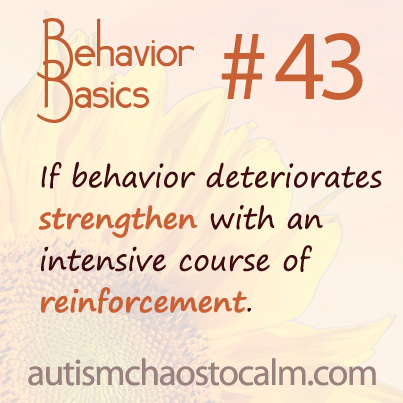

 Check out the TAGteach International
Check out the TAGteach International 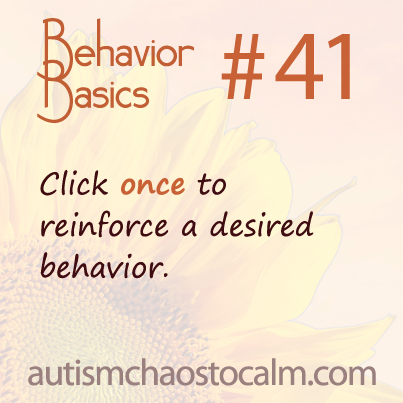
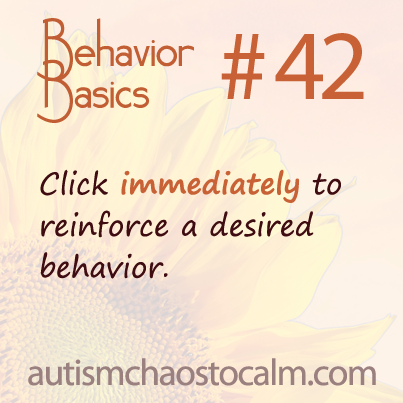

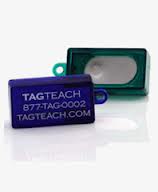 Check out the TAGteach International
Check out the TAGteach International 
